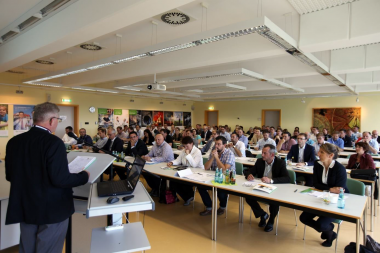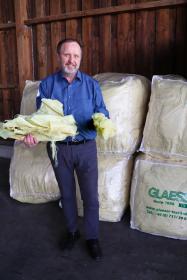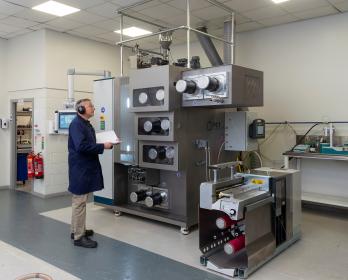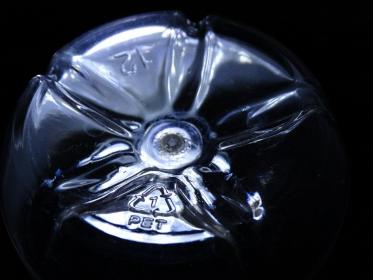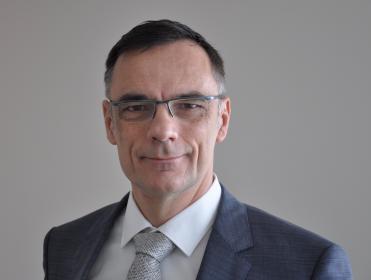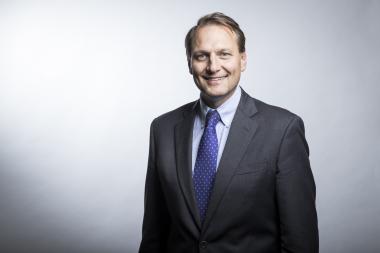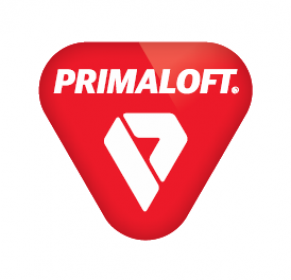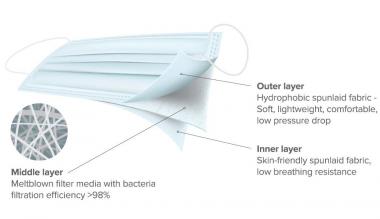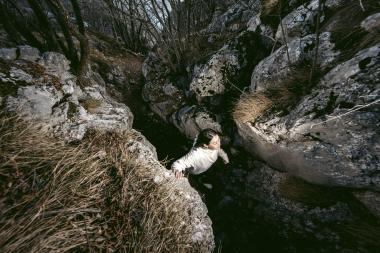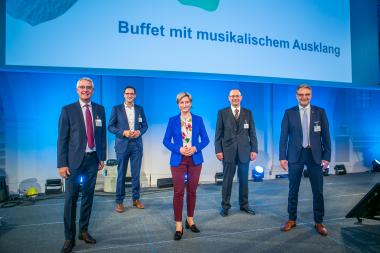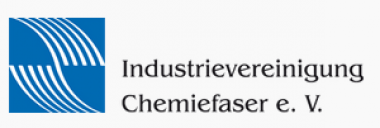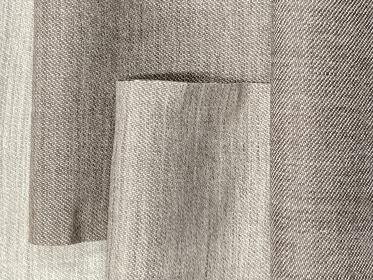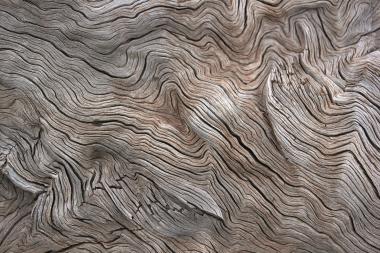BMBF verlängert Förderung für WIR!-Bündnis SmartERZ
SmartERZ wird bis Ende 2025 weiter durch das Bundesministerium für Bildung und Forschung (BMBF) gefördert. Mit einer Fördersumme von 6 Mio. EUR startet das Bündnis mit seinen Partnern, den laufenden Vorhaben und den neu eingereichten Projekten in die zweite Phase der Umsetzung.
Die Vorbereitungen für die zweite Förderphase des WIR!-Bündnisses „SmartERZ: Smart Composites Erzgebirge“ starteten im Juli 2021 mit dem Aufruf an alle 197 Bündnispartner (Stand: 01/2022) zur Einreichung von Onepagern. 22 dieser einseitigen Projektskizzen gingen insgesamt bis Ende August 2021 beim Verbundkoordinator Wirtschaftsförderung Erzgebirge GmbH (WFE) ein. Abgebildet wurden darin innovative Ideen und Projekte in den Bereichen Technologieentwicklung (z. B. Oberflächenfunktionalisierung), der Entwicklung von Applikationen (z. B. in den Bereichen Automotive und Bauwesen) sowie Innovationen bei der Organisations-, Fachkräfte- und Regionalentwicklung. Nach der Begutachtung durch den SmartERZ-Beirat wurden 13 innovative Projektideen für die Abgabe von vollständigen Projektskizzen ausgewählt. Diese ergänzen die Strategie des Bündnisses SmartERZ. Mit zahlreichen Partnern aus Wirtschaft, Wissenschaft und Gesellschaft soll das Erzgebirge durch Innovationen im Maschinenbau, der Elektrotechnik, Kunststoffverarbeitung, Oberflächentechnik und Textiltechnik zu einem zukunftsfähigen Wirtschaftsstandort entwickelt werden. Ziel ist die Transformation der Region Erzgebirge zu einem führenden Hightech-Standort für neuartige, funktionalisierte Verbundwerkstoffe, sogenannte Smart Composites. Diese Materialien haben ein großes Innovations- und Wachstumspotential. Sie gelten als Schlüsseltechnologie und ermöglichen langfristig eine hohe regionale Wertschöpfung.
Im Ergebnis der Forschungs- und Entwicklungsprojekte entstehen funktionalisierte Textilien, die mit Sensoren, Aktoren oder Leiterbahnen ausgestattet werden, um beispielsweise Körperfunktionen oder Transportschäden messen und melden zu können, oder funktionalisierte Matrizen, z. B. Formgedächtnispolymere, deren Form nach vorheriger „Programmierung“ thermoreversibel geändert werden kann, oder funktionalisierte Oberflächen mit Selbstheilungseigenschaften bzw. optischen und haptischen Effekten. Darauf aufbauend können funktionsintegrierte Leichtbauelemente (auch: Adaptronikleichtbau), wie Kunststoffräder mit erweiterten Funktionen, z. B. elektrische Radnabenmotoren, entwickelt werden.
Auf Basis des im Oktober 2021 beim Projektträger Jülich (PtJ) eingereichten Konzepts, der Präsentation am 25. Januar 2022 beim BMBF und der anschließenden Diskussion wurden der bisherige Fortschritt, die weitere Planung für die Umsetzungsphase und die Aussichten für eine Verstetigung des Bündnisses von der Expertenjury positiv mit folgendem Statement bewertet. „Das Bündnis ist wirtschaftsgetrieben und stark regional verwurzelt, was eine hohe Anwendungsorientierung und spätere Verwertbarkeit der Ergebnisse sowie konkrete Effekte in der Region erwarten lässt.“ In den kommenden Wochen wird sich der SmartERZ-Beirat erneut beraten, um die endgültige Entscheidung zu den eingereichten Projektskizzen zu treffen. Der Start in die zweite Förderphase, die konkrete Planung mit Timeline und das gemeinsame Ziel bis 2025hat die WFE bereits fest im Blick. Um auch die Bündnispartner und interessierte Unternehmen aus Wirtschaft und Wissenschaft mit einzubeziehen, gibt das SmartERZ-Managementteam am 7. April 2022 in der Online-Veranstaltung SmartCONNECT ein Update zu Neuerungen, Zeitplan und geplanten Projekten.
Als einwohnerstärkster Landkreis Ostdeutschlands hat das Erzgebirge eine solide Entwicklungsbasis. Mit der zweithöchsten Industrie- und Handwerkerdichte in Sachsen ist die Region in zahlreichen B2B-Zulieferketten etabliert und kann eine ausgeprägte Branchenvielfalt vorweisen. Auch die Arbeitslosenquote ist im Erzgebirge eine der niedrigsten in ganz Deutschland mit einem Höchststand an sozialversicherungspflichtigen Arbeitnehmern. Dem gegenüber stehen kleinteilige Firmenstrukturen mit geringer Produktivität, die Abhängigkeit vom Metall-Automotive-Sektor mit geringen Margen in Transformation und das niedrigste Lohnniveau auf Basis des Medianentgeltes. Hier setzt SmartERZ an: Das Netzwerk verbindet kleine und mittelständische Unternehmen und bezieht auch aktuelle Forschungsprojekte ein, so dass sich Kooperationen finden und die Innovationskraft der Region durch Wissenstransfer und Zusammenarbeit voll ausgeschöpft werden kann. Unter den 197 Bündnispartnern befinden sich 152 Wirtschaftsunternehmen, 30 wissenschaftliche und 15 gesellschaftliche Einrichtungen, die gemeinsam aktiv werden können. Der Fokus auf Smarte Composite verhilft dem Erzgebirge und der geballten Technologiekompetenz der ansässigen Unternehmen zu einer überregionalen Sichtbarkeit, was wiederum zu Aufträgen mit größerem Volumen beitragen soll. Basierend auf dieser erwünschten Entwicklung können Fachkräfte gehalten und neue Stellen zu besseren Konditionen geschaffen werden.
Die digitale Innovationsplattform innovERZ.hub wurde im Hinblick auf die projektübergreifende Innovationsentwicklung im Erzgebirge, den vorbereitenden Austausch und weitere Kooperationsvorhaben im November 2020 von der WFE ins Leben gerufen. Wirtschaftsunternehmen, öffentliche Institutionen und wissenschaftliche Einrichtungen können hier online Kooperations-, Umsetzungs- und Fertigungspartner suchen und finden.
P3N MARKETING GMBH


